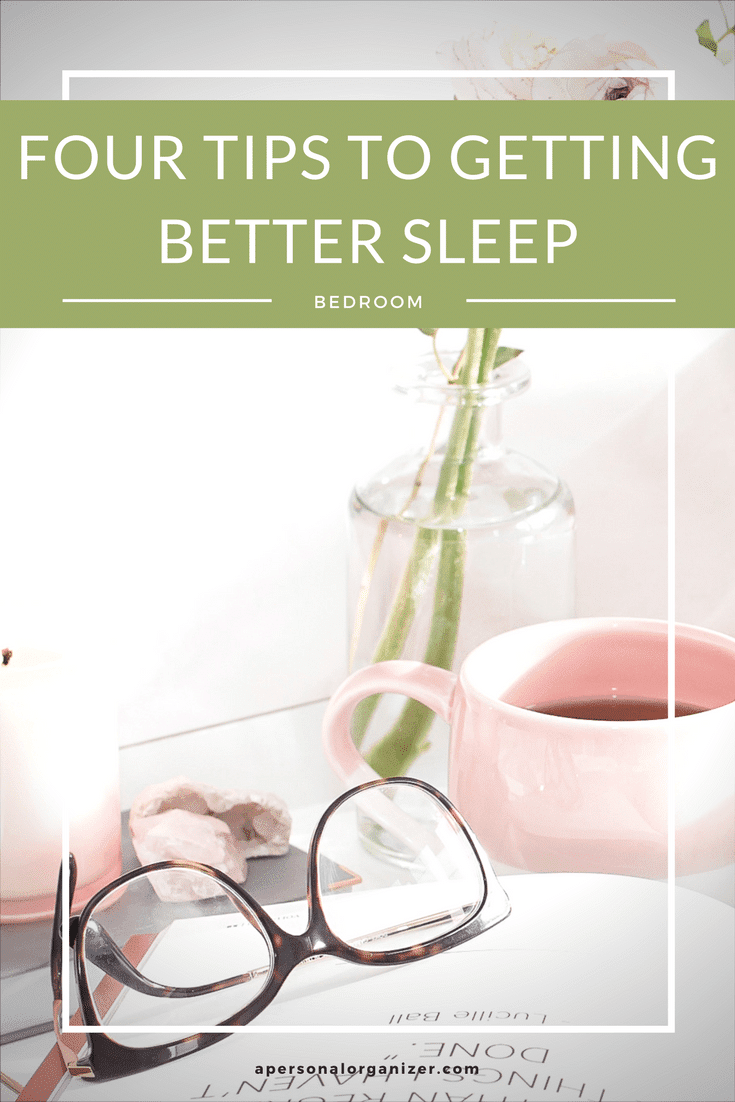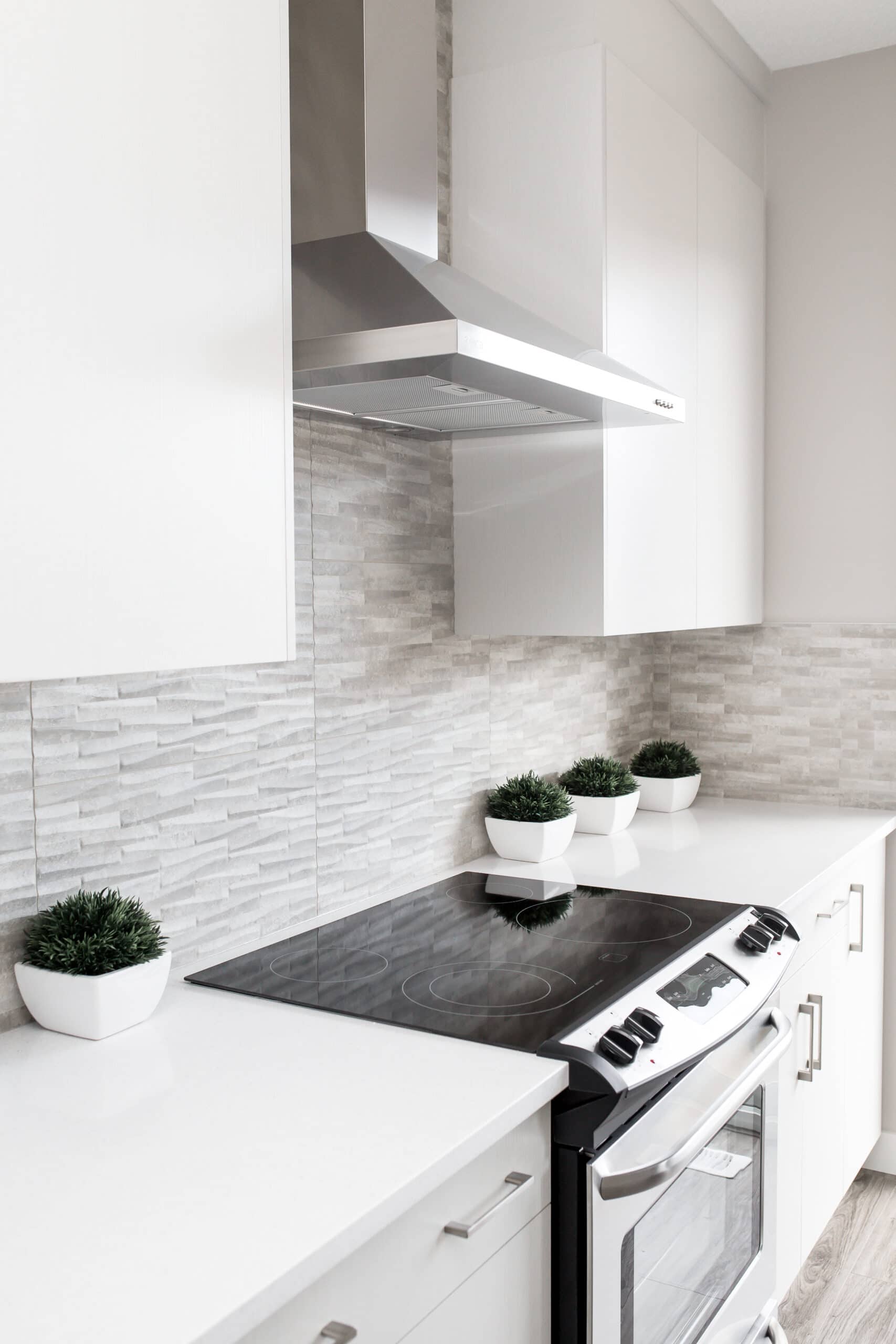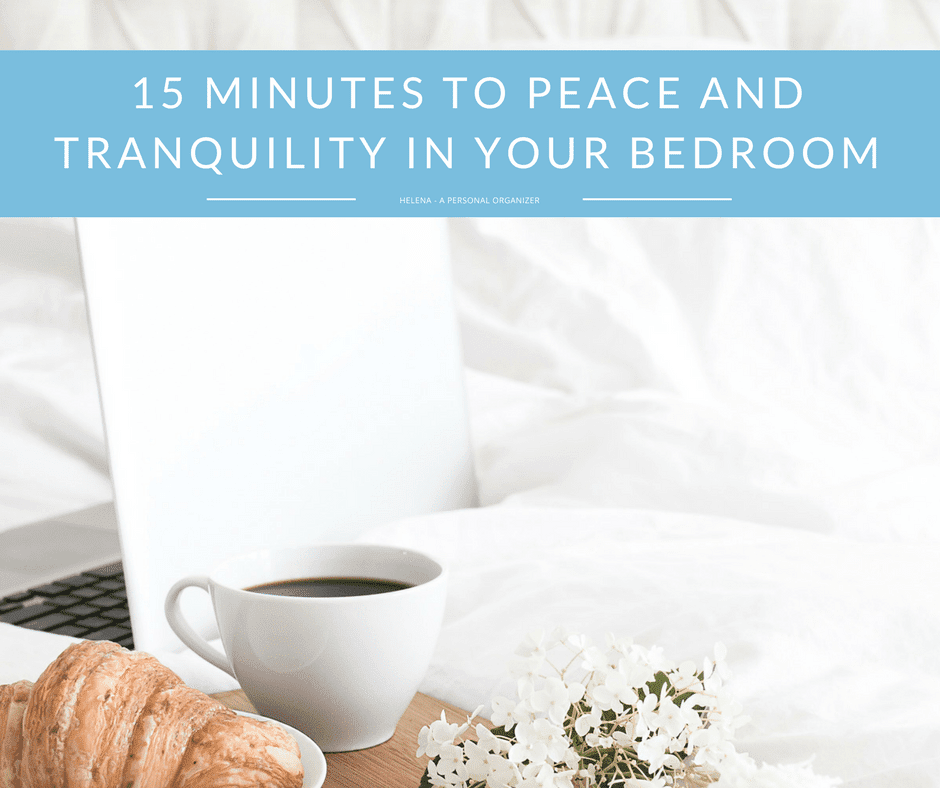Four Tips to Getting Better Sleep

As anyone who stays up all night with a sick child or endless homework assignments knows quite well, getting enough sleep is vital to our well-being.
When we hit the hay at night, we experience two basic sleep states: rapid eye movement, or REM sleep, and non-rapid eye movement sleep, or NREM. As WebMD notes, NREM sleep is made up of four stages, each of which lasts anywhere between five and 15 minutes. During the course of the night, we cycle between REM and NREM sleep stages. While we usually have dreams during the REM stage, when we are deep in the NREM sleep, our bodies are active repairing and healing any damaged tissues and boosting our immune systems.
In order to get the best sleep possible, we need to do more than just hop into bed and turn off the light. We need to practice what is known as good sleep hygiene in order to make sure our sleep is as beneficial as possible and help make a tangible difference in our health and quality of life. For example, the following four tips can help make the difference between sleeping like a baby and tossing and turning all night.
Keep It Cool
While you might like your bedroom to be warm and toasty, sleep experts recommend that keeping the thermostat turned down leads to better sleep. As Prevention notes, anywhere between 65 and 75 degrees Fahrenheit is a good temperature. Sleeping in a cool room will actually cause your body temperature to drop a bit, which in turn will let your system know it’s time to start making melatonin, which in turn promotes sleep.
Keep It Dark
In order to get a good night’s rest, it’s vital that your room be as dark as possible. Light lets our brains know that it’s time to be awake, and even the glow from our digital alarm clocks or iPads left on our nightstands will seep into our eyelids and alert the hypothalamus that there is light present. This will make our brains feel like it’s not actually time to snooze, which will delay the release of melatonin. One way to make sure your room is as dark as possible is to invest in blinds, drapes or, if you are really serious, black-out curtains. All of these will help to keep the room darker in the morning, allowing you to get more sleep.
Keep It Quiet
It’s important to keep the bedroom as calm and quiet as possible during the night. In order to do this, keep your favorite windup wristwatch in another room, oil the ceiling fan blades and if your spouse is snoring enough to wake the dead, invest in a good pair of earplugs. On the other hand, if the room is too quiet, you might end up hearing every other noise in the home like your beloved dog padding down the hallway. If this is the case, purchase a white noise machine or leave a fan or humidifier running.
Keep It Neutral
Even though you might adore bright colors like space alien green or fire engine red, try to refrain from using these shades on your bedroom walls, says Huffington Post. Sleep experts agree that calming colors like light shades of green, blue or yellow can actually help induce and encourage relaxing sleep. The actual color doesn’t really matter, just as long as it’s on the neutral side. For the most calming effect possible, choose matte paint rather than high gloss.






